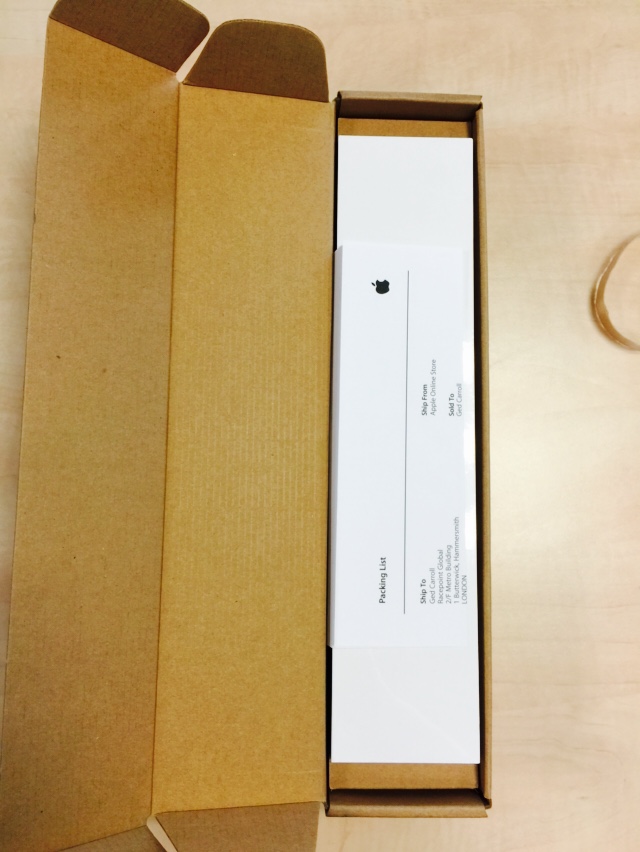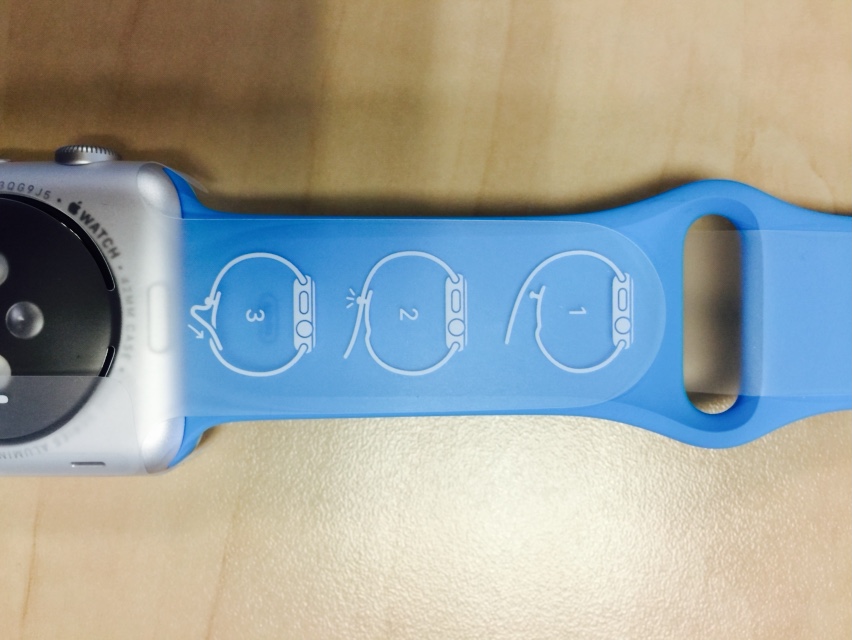OLED
Samsung Display to invest $3.6 billion in new OLED production line | Reuters – interesting that they are doing this after Sony abandoned OLED technology.
Sony had an early lead in OLED display technology. Like many inventions OLED technology has a long history. The first practical OLED was created in the National Physical Laboratory at Teddington in the UK. Eastman Kodak built practical OLED devices in 1987. A team at Yamagata University in Japan achieved the commercialisation of OLED backlit displays and lighting with white OLED technology.
Samsung’s display business came out of a partnership with NEC for mobile phone displays. Kodak had partnered with Sanyo. Pioneer, TDK and Sony got involved in production as well. The Sony XEL-1 in 2007 herald a range of future TVs that could be hung like a picture frame it was that thin. But Sony struggled with production and withdrew from OLED manufacturing. Meanwhile Samsung took over their joint venture with NEC.
Business
There is no internet bubble, and never was, according to this tech visionary | Quartz – semantics
China’s Xiaomi to open shop in the US this year, but not for phones | The Verge – no phones due to likely intellectual property related issues for Xiaomi. However even with accessories there will probably patent disputes involving these as well
Accel and DJI Will Introduce a Fund to Invest in the Drone Ecosystem | Re/code – interesting move positioning DJI at the head of a drone movement and at the centre of an ecosystem a la Android or GoPro. I met them a couple of years ago and they felt marginally more squared away than your typical Chinese start-up
The Short Life and Speedy Death of Russia’s Silicon Valley | Foreign Policy – (paywall)
Grindr Said to Explore Sale of Gay Men’s Dating App | Bloomberg Business – this could be an interesting social barometer if they manage to go public or what value they sell for, in comparison to the challenges AdultFriendFinder faced a number of years ago due to its niche product offerings
Banjo Announces $100 Million in Additional Funding | Banjo – not too sure about the valuation, but it seems to think that social media war rooms and real time marketing will continue to be a thing
Consumer behaviour
Luke Johnson – Animal Spirits: Silicon Valley robber barons tuck into Mad Men’s lunch – on an emotional level it struck a chord, but then I am sure the luddites would have said similar things if they were part of the Islington chattering set
Computers aren’t making us better workers like they used to | Quartz – I wonder if this is similar to effectiveness of online marketing, some of Nigel’s Scott’s analysis would tend to suggest yes
Gadgets
LG launches a ‘try before you buy’ program for the G4 | BGR – reflects confidence in the product
US phablet market soars – Kantar Worldpanel – driven by iPhone 6 Plus
Media
Shazam’s struggle to become a profitable verb (Wired UK) – classic web-of-no-web model, it’s time maybe now as native apps struggle for attention, but I could see this tech eventually being in LINE or WeChat
Apple pushing music labels to kill free Spotify streaming ahead of Beats relaunch | The Verge – do record labels really need to be pushed on this, when one thinks about how they have moved away from licensing content for magazine cover mount CDs, which seemed to peak in the late 1990s
Online
Twitter Confirms Google Firehose Deal To Target Logged Out Users | TechCrunch – also benefits Google in terms of search quality
Google Shuts Down PageSpeed Service For Accelerating Websites | TechCrunch – interesting piece on PageSpeed, it is part of Google’s retreat including getting rid of 20% projects and making Adplanner less useful
Retailing
Amazon doubles free delivery minimum spend in UK – BBC News – you can see the strain delivery costs take on Amazon’s finances
Competition becomes tougher in the Chinese slowdown economy – Kantar Worldpanel – international retailers taking a kicking from local retailers
Security
AP Exclusive: Chinese banks a haven for web counterfeits – not terribly surprising given that these are also China’s most widespread banks
The World’s Email Encryption Software Relies on One Guy, Who is Going Broke – ProPublica – indicates the precarious nature or some of the most critical open source projects
Russia and China Pledge Not to Hack Each Other – WSJ – the technology exchange is much more concerning given that the U.S. considers Russia the more dangerous cyber threat
Keeping Your Car Safe From Electronic Thieves – NYTimes.com – fridge as a Faraday Cage
Software
Android Switchers Drive iOS Growth in Europe’s Big Five – Kantar Worldpanel – some interesting stats
Deep Learning Machine Solves the Cocktail Party Problem | MIT Technology Review – does that mean in five years from now we won’t need stems for remixes?
Technology
Robot makers from China look to expand into global market|WantChinaTimes.com – interesting clean room focus – semiconductors?
A Chinese company is replacing 90 percent of its workers with robots | Fusion – robotic factory a la Fiat, for product assembly they aren’t likely to have fine enough movement, at the moment
Why Eurogamer dropped review scores for games | SiliconAngle – implications for gaming PRs
Telecoms
Utility: Verizon To Exit Wireline Business Within 10 Years | DSLReports – which has to make one ask what is the long term value of wired/wireless or triple play models in Europe and APAC?
Web of no web
How A Computer Can Anticipate Users’ Needs (Without Driving Them Crazy) | Fast Company – interesting essay on the web-of-no-web and user intent
Why Google Glass Broke – NYTimes.com – product not ready for prime time and team ripped apart by personal relationships. Ego drove out quality management. More on web-of-no-web related technologies here.




